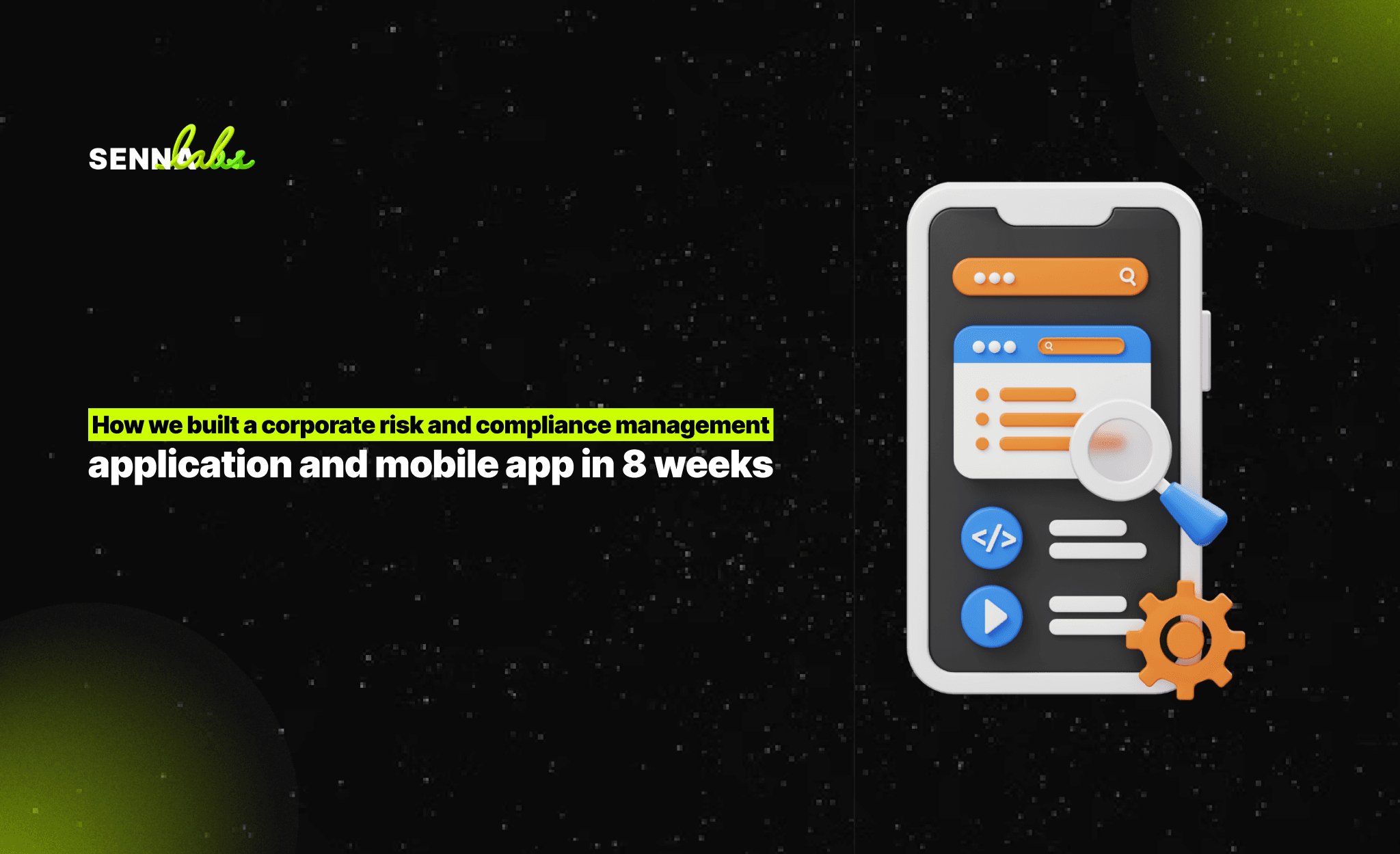How CRM Automation Enhances Sales Pipeline Management
Share

A well-organized sales pipeline is the lifeblood of any sales-driven organization. It helps businesses visualize where prospects are in the buyer journey, identify bottlenecks, and take timely action to close deals. However, manually managing a sales pipeline can be time-consuming and error-prone, especially for growing sales teams.
This is where CRM automation comes in. By automating pipeline management, businesses can improve visibility, track deal progress in real-time, and eliminate repetitive tasks, enabling sales teams to focus on what matters most: closing deals. In this article, we’ll explore the ways CRM automation transforms sales pipeline management and highlight a real-world example of how a SaaS company increased conversions by 20%.

What is Sales Pipeline Management?
Sales pipeline management is the process of organizing and tracking prospects as they move through different stages of the sales process. A well-structured pipeline provides insights into:
-
The number of active deals.
-
The value and likelihood of closing each deal.
-
The status and progress of leads within the funnel.
When managed effectively, a sales pipeline ensures that no opportunity is missed and helps sales teams prioritize efforts where they are most needed.
How CRM Automation Improves Sales Pipeline Management
1. Improved Pipeline Visibility
CRM automation tools provide sales teams with a centralized dashboard that visualizes the pipeline in real-time. This makes it easy to track every lead’s journey and quickly identify which deals are moving forward and which are stalled.
-
How It Works: Automated CRM dashboards display deals by stage, such as “Prospecting,” “Negotiation,” or “Closing.” Sales reps and managers can easily see the pipeline’s health at a glance.
-
Benefits: Clear visibility helps prioritize high-value opportunities and ensures no deals fall through the cracks.
2. Real-Time Deal Tracking
Automated CRMs continuously update the status of deals based on sales activity, such as emails sent, meetings scheduled, or proposals shared. This eliminates the need for manual updates and ensures that the pipeline always reflects the most current information.
-
Example: If a sales rep sends a proposal, the CRM automatically moves the deal to the “Proposal Sent” stage and notifies the rep when the prospect engages with the document.
3. Task Automation for Repetitive Activities
CRM automation tools handle repetitive tasks like sending follow-up emails, scheduling reminders, or updating deal statuses. This allows sales reps to focus on strategic activities, such as building relationships and closing deals.
-
How It Works: The CRM automatically sends follow-up emails after specific intervals, logs interactions, and creates reminders for sales reps to check in with prospects.
4. Pipeline Health Alerts
Automation tools can flag stalled deals, enabling sales teams to take immediate action to prevent opportunities from going cold.
-
Example: If a deal remains in the same stage for too long, the CRM can trigger an alert or email to the sales rep, prompting them to re-engage with the prospect.
5. Analytics and Reporting
Automated CRMs generate detailed analytics and reports on pipeline performance, such as win rates, average deal size, and conversion times. These insights help sales managers identify trends, optimize processes, and set realistic targets.
-
How It Works: CRM tools track metrics like time spent in each stage, close rates by rep, and conversion rates across different segments. These reports can be customized and scheduled to ensure regular updates for stakeholders.
Benefits of CRM Automation in Pipeline Management
1. Increased Efficiency
Automation eliminates the need for manual data entry and repetitive updates, freeing up time for sales reps to focus on high-value activities.
2. Enhanced Deal Prioritization
With real-time insights and notifications, sales teams can focus on deals that are most likely to close, improving overall productivity and success rates.
3. Reduced Human Error
Automation ensures accurate tracking and updates, minimizing the risk of lost opportunities due to oversight or inconsistent data entry.
4. Faster Sales Cycles
By automating follow-ups and deal progression, CRM tools help move prospects through the pipeline more quickly, shortening the time it takes to close deals.
5. Scalability
As businesses grow, automated CRMs can handle larger volumes of leads and deals without additional effort, making them ideal for scaling sales teams.
Real-World Use Case: A SaaS Company’s Success
A SaaS company faced challenges managing its growing sales pipeline. Deals often stalled because sales reps struggled to keep track of follow-ups and prioritize their efforts. This lack of visibility and organization led to missed opportunities and slower conversions.
To address these issues, the company implemented a cloud-based CRM with pipeline automation. The system included features like:
-
Automated Deal Tracking: The CRM tracked deal progress in real-time, updating statuses based on activities like emails sent or calls logged.
-
Follow-Up Reminders: Automation ensured that sales reps received alerts for follow-ups on stalled deals.
-
Pipeline Health Analytics: Managers used CRM reports to identify bottlenecks and optimize sales strategies.
Results:
-
A 20% increase in conversion rates, as sales reps were able to re-engage with stalled leads effectively.
-
A faster sales cycle, with deals moving through the pipeline more efficiently.
-
Improved team productivity, as reps spent less time on manual tasks and more time closing deals.
How to Implement CRM Automation for Pipeline Management
-
Define Your Sales Pipeline Stages: Clearly outline the stages in your sales process, such as “Lead Qualification,” “Proposal Sent,” or “Negotiation.”
-
Choose the Right CRM Tool: Select a CRM platform that offers robust automation features, real-time tracking, and analytics capabilities.
-
Automate Key Workflows: Set up automated tasks, such as follow-up emails, reminders, and stage updates.
-
Train Your Team: Ensure your sales team understands how to use the CRM and benefits from its automation features.
-
Monitor and Optimize: Regularly review pipeline analytics to identify trends, address bottlenecks, and refine workflows.
Conclusion: Transforming Pipeline Management with CRM Automation
Managing a sales pipeline effectively is essential for driving revenue growth, but doing so manually can be inefficient and error-prone. By leveraging CRM automation, businesses can gain real-time visibility into their pipelines, track deals more accurately, and automate repetitive tasks, enabling sales teams to focus on what they do best—closing deals.
For organizations looking to boost sales efficiency and conversions, investing in CRM automation is a strategic decision that delivers measurable results. Just like the SaaS company that achieved a 20% increase in conversions, your business can streamline its sales processes and unlock new levels of success with the right CRM automation tools.

Share

Keep me postedto follow product news, latest in technology, solutions, and updates
Related articles
Explore all


